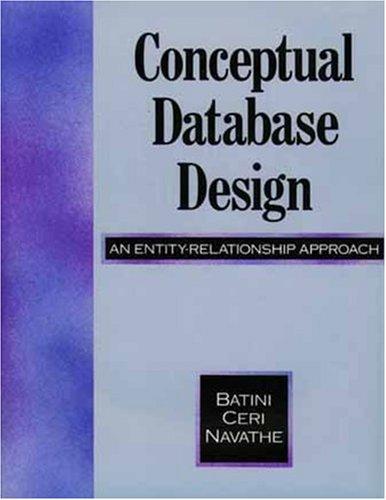


2. Open DiscountStoreCheckout model. Customers wait in one joined queue. A customer can move to a server only when an available server is announced. A customer walks from the queue to the server when an available server is announced. The number of cashiers is 4 but when the number of customers waiting in queue exceeds 10, additional cashiers who work in the back area are called out for help so that 7 cashiers are open. When the number of customers waiting in queue is less than 5, those additional cashiers go back to the back area. Assume that customers arrive at checkout line every exponential time with mean .5 minutes and it takes Tria(1, 2, 3) minutes for checkout. Use List Table. Change the server picture to a table and change its orientation so that customers will face the table. Place a person picture in the right side of each table you placed so that it looks like a person servers a customer. (a) Calculate the steady-state utilization assuming that there are only 4 cashiers (but no addi- tional cashiers). We will ignore transportation time (i.e., time to walk to a cashier). Is it a stable system? In other words, do you think the system can operate without the additional cashiers? b) What do you expect if you run the DiscountStoreCheckout model without any additional cashiers for 1000 hours? What if you run it for 3 hours? (c) Now make changes to the initial model so that we can have total 7 cashiers whenever the queue size exceeds 10 but go back to 4 cashiers when the queue size is less than 5. Then run it for 1000 replications with run length 3 hours. Estimate the expected total system time and maximum total system time and report their 95% confidence intervals. Hint: i. Define a (state? or property?) variable under (model? or model entity?) named NumWait. ii. When a customer is created in a source object and enters a transfer node of an output buffer of the source object, set NumWait to the number of people waiting at the output buffer of the source object (can you find the variable name?). iii. Go to Definitions Elements and then select Monitor from the top ribbon area. The state variable is NumWait and monitor type is crossstatechange. Then set the initial threshold value to 10. iv. Go to Processes from the top menu (which is placed between Facility and Defnitions tabs) and click Create Process. Then Process 1 add-on process is created. From the Properties window in the right side, set Triggering Event Name to your Monitor name (probably Monitorl if you use a default name). Then click Assign from the Common Steps in the left side window and place it in your Process 1 add-on process. v. In the Assign step, change CurrentCapacity of server 2, 4, and 6 to1 vi. Finally, for Server 2's output transfer node (blue diamond), click Add-on Process Trig- gers from the Properties window and double click Entered. Then you are moved to the Processes window where you can use Decide (for checking if NumWait









